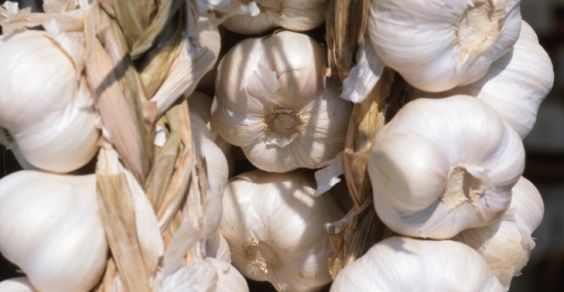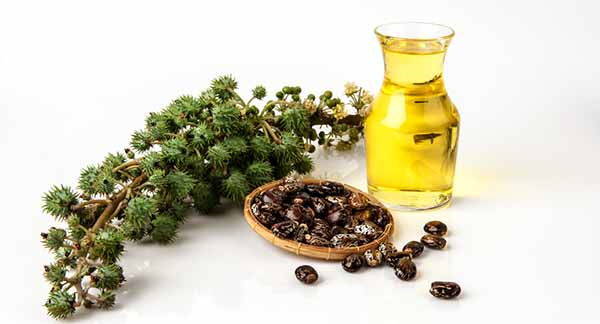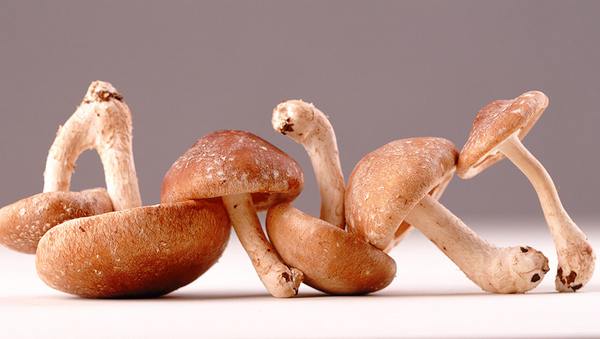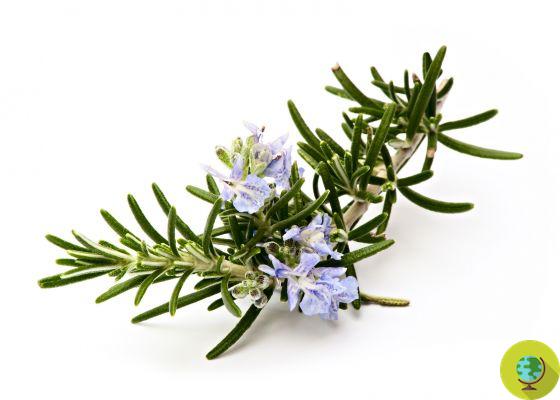Spirulina was rediscovered as a superfood, but the Aztecs already knew and appreciated its many beneficial properties for health
Spirulina was rediscovered as a superfood, but the Aztecs already knew and appreciated its many beneficial properties for health
Today we know spirulina as an effective superfood, that is, an ingredient that, inserted in food or drinks, but also in the form of a real supplement, offers us a series of health benefits. You may not know, however, that the Aztecs already used this blue-green algae, which they considered a real nectar of well-being.
Spirulina has been a staple food for centuries among indigenous Latin American peoples. The first Spanish writings document that the Aztecs collected the green algae from the lakes and dried them in the sun to then produce a special and characteristic flat green cake called “tecuitlatl”.
These "sweets" were a common food in those days and are described by the Spanish explorer Bernal Díaz del Castillo in his book "The Discovery and Conquest of Mexico". While visiting a market, Díaz observes:
“Fishermen and others were selling treats made of something like slime, which they collect from that great lagoon. These thicken and turn into cakes that taste a bit like cheese “.

@ Human Nature, Peter T. Furst.
However, spirulina was also mixed with other foods, cooked with bread or simply consumed with water to give strength to those who had to make long journeys at sea or to Aztec messenger runners.
In short, what is now a popular product in stores dedicated to natural health, was at the time a staple in the diet of the Aztecs, which was also eaten with tortillas, toasted corn or in combination with chillies and tomatoes to make a kind of sauce.
Florentine Codex (Book 11) shows gathering izcauitl (tiny worms) and tecuitlatl (blue-green algae) from Lake Texcoco. After the invasion the Nahua stopped eating the algae that had once been a major part of their diet. Now it’s back, as superfood Spirulina https://t.co/zoz6sZruaL pic.twitter.com/VnUjH83KPU
— Mexicolore (@Mexicolore) May 20, 2018
The Aztecs, in fact, had intuited the many properties of spirulina and tried to make the most of them. This sweet seaweed was in fact for them an important and common source of proteins that improved resistance to fatigue and had a strong anti-inflammatory power.
The Spaniards, however, did not appreciate at all this "Aztec cheese" which they defined, as we have read above, "slime". After the XNUMXth century, the conquistadors drained many of the alkaline lakes where spirulina naturally grew.
As a result, along with many other ancient Mexican native customs, the tradition of eating spirulina-based foods also broke. The natives thus stopped consuming the precious blue-green algae that had once been an important part of their diet.
The "rediscovery" of spirulina took place only around the 70s, when scientific research revealed all the extraordinary properties of this alga. In 2008, among other things, spirulina was renamed by FAO "the food of the future", recommended precisely for its high level of nutrients and substances useful for our body.
A food of the past which has therefore reappeared very strongly in the present and which seems to be part of our future as well.
Fonti: Mexico News Daily / Mexicolore
Read also:
- Spirulina algae: properties, uses and where to find it
- Spirulina algae: what happens to the body every day we take it
- Spirulina in Acciaroli: super food is now also grown in Cilento
- Spirulina: the superfood of the future is also grown in Sardinia. Two new plants inaugurated
- From spirulina a super molecule to fight hypertension, the new study
- Green smoothie for breakfast: energy from spirulina algae
- Spirulina algae: pay attention to where you buy and how much you take. The contraindications of Anses


























